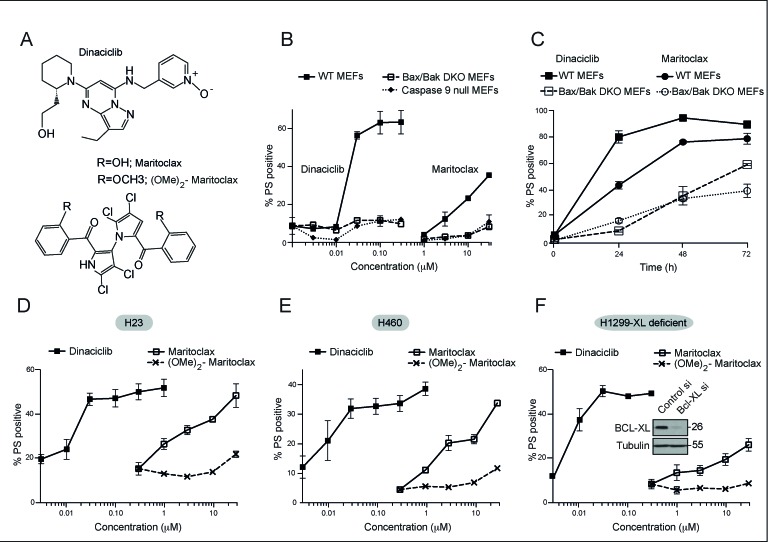Figure 1. Dinaciclib and maritoclax induce apoptosis in a Bax/Bak- and caspase-9-dependent manner, and in MCL-1-dependent cell lines.
(A) Chemical structures of dinaciclib, maritoclax and the inactive, dimethoxymaritoclax. (B) MEFs deficient in either Bax and Bak (DKO) (dashed lines) or caspase-9 (dotted lines) along with their wild type (WT) counterparts (continuous bold lines) were exposed for 24 h to different concentrations of the indicated inhibitors and the extent of apoptosis assessed by phosphatidylserine (PS) externalization. (C) WT and DKO MEFs exposed for the indicated times to dinaciclib (100 nM) or maritoclax (10 μM) were assessed for apoptosis by PS externalization. (D-F) Three non-small cell lung cancer, MCL-1-dependent, cell lines, (D) H23, (E) H460 and (F) H1299 cells, reverse-transfected with BCL-XL siRNA for 24 h, were exposed for 24 h to different concentrations of the indicated inhibitors and cell death assessed by PS externalization. The blots in the inset reveal the knockdown efficiency of BCL-XL siRNA. Error bars represent the Mean ± SEM from three independent experiments. In all the graphs, the extent of apoptosis in untreated control cells matched the % apoptosis of the lowest concentration tested for both inhibitors.

